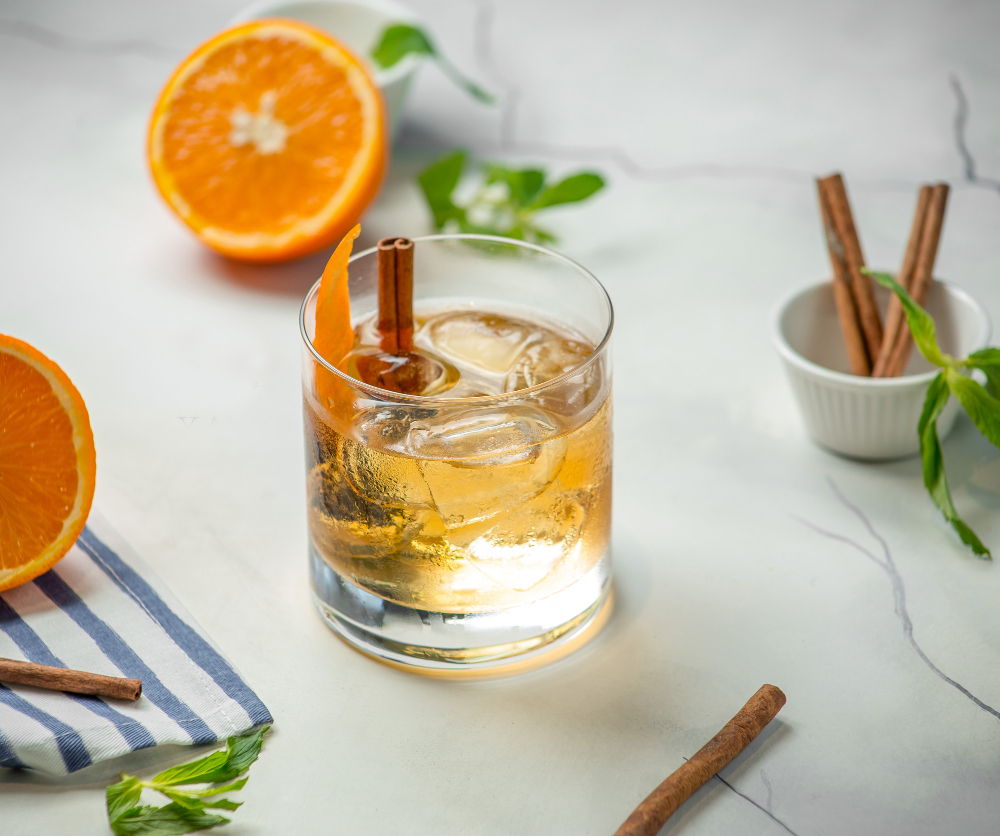Introduction
Bourbon, often hailed as America’s native spirit, is a beloved and time-honored whiskey known for its rich history and complex flavors. Crafting bourbon is a meticulous process that combines tradition, science, and a touch of artistry. In this article, we’ll take you on a journey through the steps involved in making this iconic American spirit.
The Ingredients
Bourbon’s journey begins with the careful selection of its core ingredients:
- Corn: Bourbon must be made from at least 51% corn, giving it a sweet and mellow foundation. Many bourbon recipes use a higher percentage of corn, which contributes to its signature taste.
- Rye and/or Barley: The remainder of the grain recipe typically includes a combination of rye and barley. Rye adds a spicy complexity, while barley assists in the fermentation process.
- Water: High-quality water is essential, as it’s used in mashing, fermentation, and proofing the final product.
The Mashing
The grains are ground into a coarse powder and mixed with hot water in a process called mashing. This converts the starches in the grains into fermentable sugars. The resulting mash resembles a thick, porridge-like consistency.
Fermentation
After mashing, the mash is transferred to fermentation tanks and yeast is added. Yeast consumes the sugars in the mash, producing alcohol and heat. This process can take several days and results in a liquid called “distiller’s beer” with an alcohol content of approximately 5-10%.
Distillation
The distillation process is the heart of bourbon production. The distiller’s beer is heated in a still, where alcohol vaporizes at a lower temperature than water. This allows the distiller to separate the alcohol from the impurities. Bourbon typically goes through distillation twice to increase alcohol content and refine the flavor.
Aging in Charred Oak Barrels
Perhaps the most crucial step in bourbon-making is aging the distillate in new, charred oak barrels. The aging process not only mellows the spirit but also imparts complex flavors and aromas. The barrels are often stored in aging warehouses, where they expand and contract with temperature changes, further enhancing the interaction between the wood and the liquid.
Bottling and Proofing
Once the bourbon has reached its desired maturity, it’s time for bottling. Most bourbons are diluted with water to reach their desired proof (alcohol content). Some bourbons are “single barrel,” meaning they come from a single aging barrel without dilution.
The Tasting
The final and most anticipated step is the tasting. Master distillers and tasters sample different barrels to create a consistent flavor profile. Each bourbon brand strives for a unique combination of flavors, often featuring notes of caramel, vanilla, oak, and spices.
Conclusion
The art of crafting bourbon is a delicate and time-honored process that involves meticulous attention to detail and the perfect balance of science and tradition. From selecting the finest grains to aging in charred oak barrels, every step contributes to the distinct character of this iconic American spirit. The next time you enjoy a glass of bourbon, you can savor not only its rich flavors but also the centuries-old craftsmanship that went into creating it. Cheers!

